For gamers looking to expand their horizons, Mexican video games offer a stunning world of vibrant art, rich culture, and visual style.
Video games are a medium that allows us to immerse ourselves in different cultures and explore their unique art and visual styles. Have you ever wondered about the vibrant and rich visual representation of Mexican culture in video games?
Mexican culture is known for its colorful and lively traditions, from the intricate Day of the Dead celebrations to the vibrant folk art and iconic symbols like the sugar skull. In recent years, video game developers have been embracing these elements and incorporating them into their games, creating a truly immersive experience for players.
In this article, we’ll delve into the world of video games and explore how Mexican culture has influenced and inspired game developers to create visually stunning and culturally rich gaming experiences. From the use of vibrant colors and traditional motifs to the incorporation of Mexican folklore and mythology, we will discover how these games celebrate the beauty and diversity of Mexican culture.
Mexican Art in Video Games
Video game developers draw inspiration from Mexican artists and their works. They may incorporate elements from famous Mexican painters like Frida Kahlo or Diego Rivera, adapting their artistic style and themes into the game’s visuals. This helps to create a visually stunning and culturally rich gaming experience.
The perfect example of Mexican design is shown in a game called Guacamelee. The game is set in a vibrant and colorful Mexican-inspired world and follows the story of a luchador named Juan Aguacate.
Guacamelee features intricate and detailed designs, vibrant colors, and traditional decorations. The environments in the game are reminiscent of Mexican towns and landscapes, showcasing iconic elements such as cacti, haciendas, and Dia de los Muertos decorations.
Mexican Culture in Games
Video games often include cultural references to Mexico, such as traditional music and celebrations. These references can add depth and authenticity to the game’s storyline and create a connection with Mexican players or those interested in the culture.
You may find popular Mexican elements such as pinatas, sugar skulls, and even marigold flowers. Some video games incorporate Mexican cuisine and traditions into their gameplay. This can include cooking traditional dishes, participating in cultural festivals, or using Mexican-inspired items and weapons. These elements contribute to the overall immersion and provide players with a taste of Mexican culture.
Mexican Mythology in Games
One common theme in games influenced by Mexican mythology is the presence of mythical creatures and gods. For example, games may feature iconic deities such as Quetzalcoatl, the feathered serpent god, or Tlaloc, the rain god. These characters are often portrayed with their distinct attributes and powers, adding a sense of authenticity and depth to the game’s narrative.
Games may also incorporate elements from Aztec, Mayan, or other indigenous cultures, such as sacred temples, pyramids, and artifacts. These settings provide a visually stunning backdrop for players to explore and interact with, further immersing them in the world of Mexican mythology.
You can find examples of Mexican Mythology in games like Mulaka, where the main character fights Terégori, the lord of the underworld.
Visual Style in Mexican-Themed Games
One prominent visual style often seen in Mexican-themed games is the use of bright and bold colors. Mexico is known for its vibrant and lively color palette, and game developers often utilize this aspect to create visually striking and captivating environments. The use of colors such as red, green, yellow, and blue can be seen in the game’s landscapes, characters, and overall art style, evoking a sense of energy and excitement.
Another visual style commonly found in Mexican-themed games is the incorporation of traditional Mexican patterns and motifs. These patterns, such as intricate geometric designs or Aztec-inspired symbols, are often integrated into the game’s backgrounds, architecture, and character designs. This helps to reinforce cultural authenticity and adds a unique visual appeal to the game.
Furthermore, the visual styles in Mexican-themed games often showcase traditional Mexican costumes, attire, and accessories. Characters may be dressed in traditional clothing, adorned with sombreros, ponchos, or other cultural artifacts.


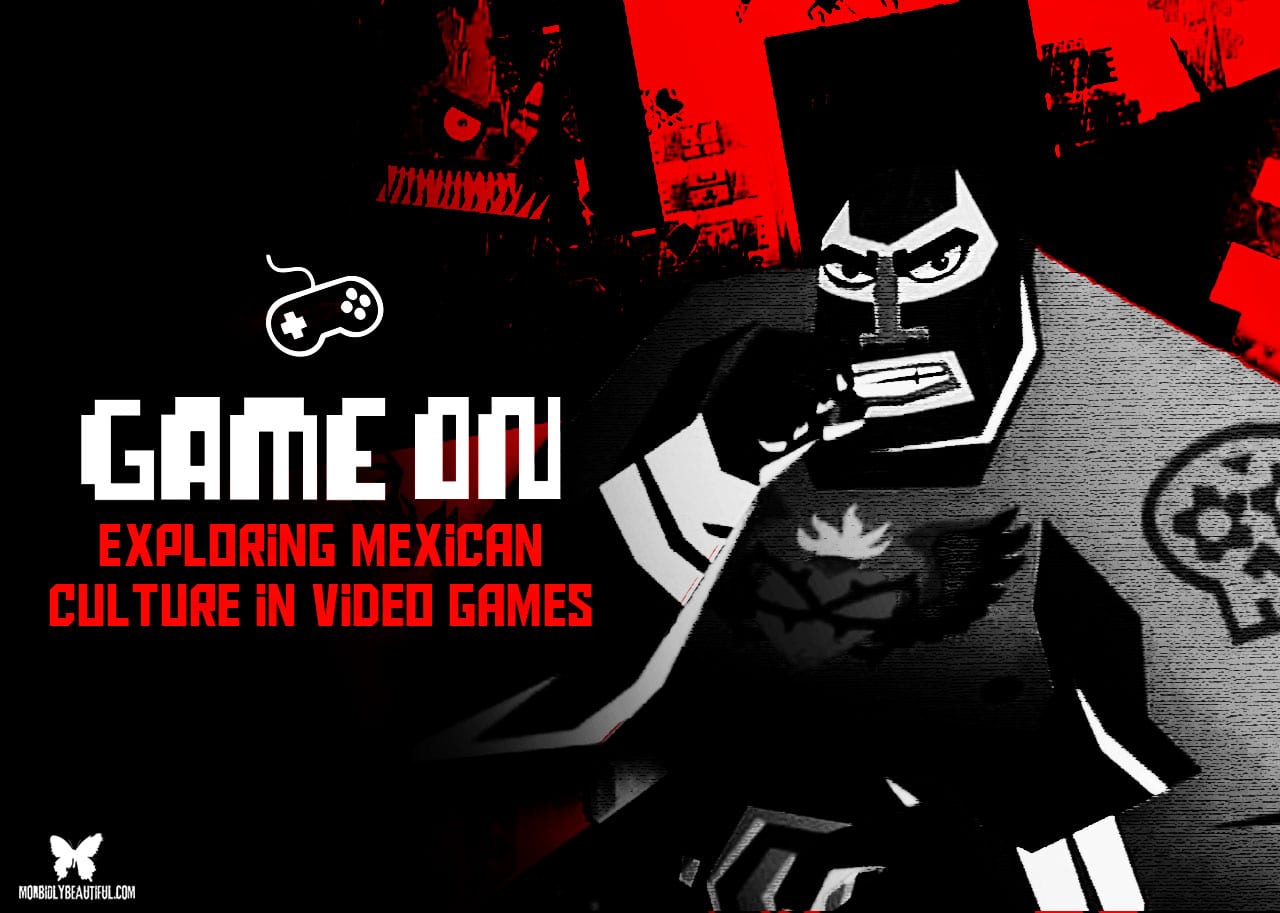
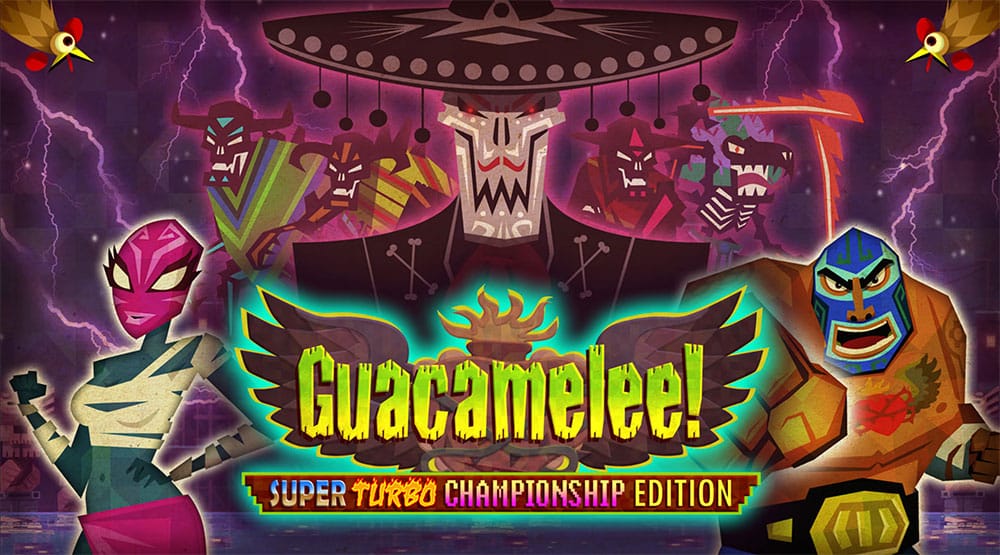
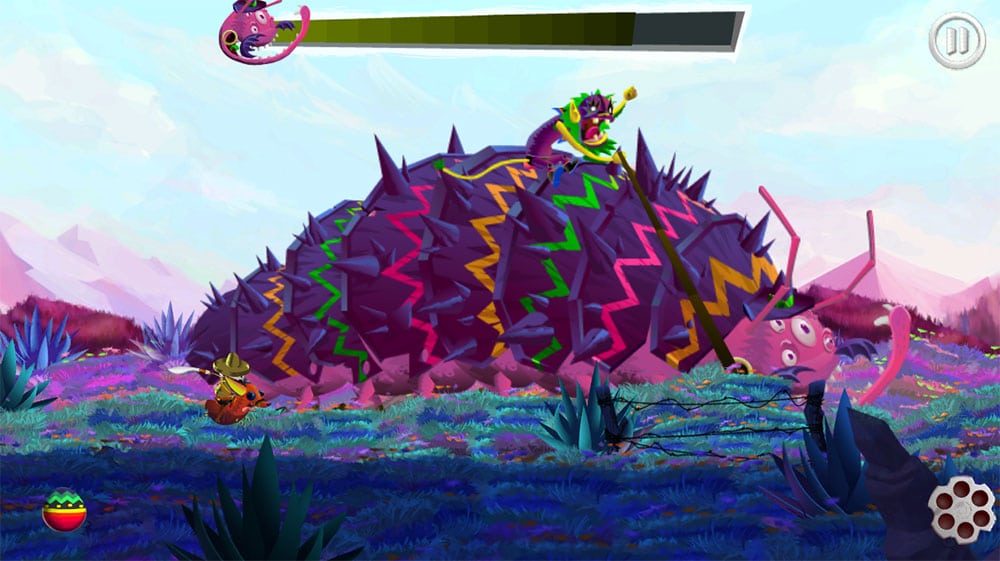
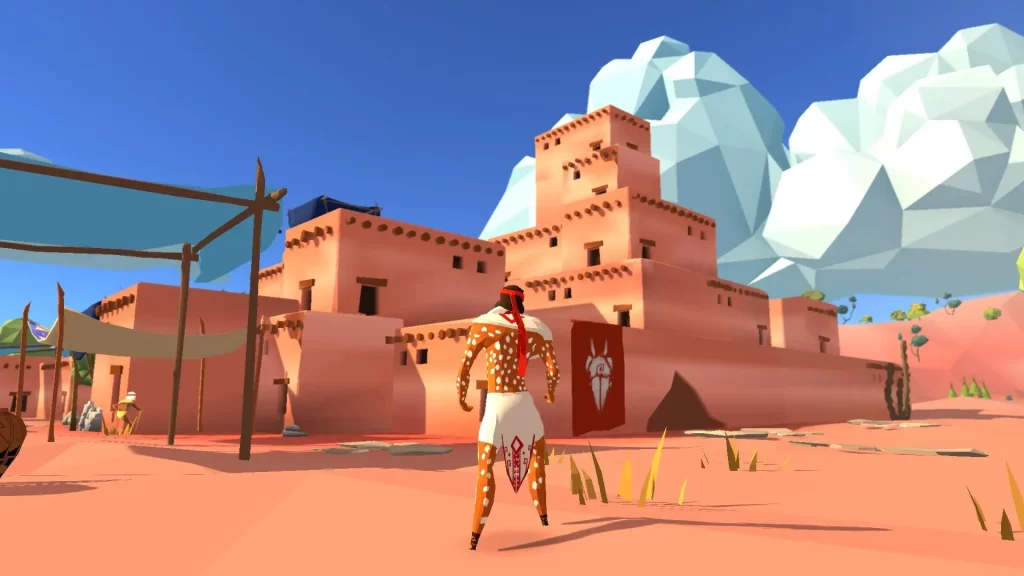
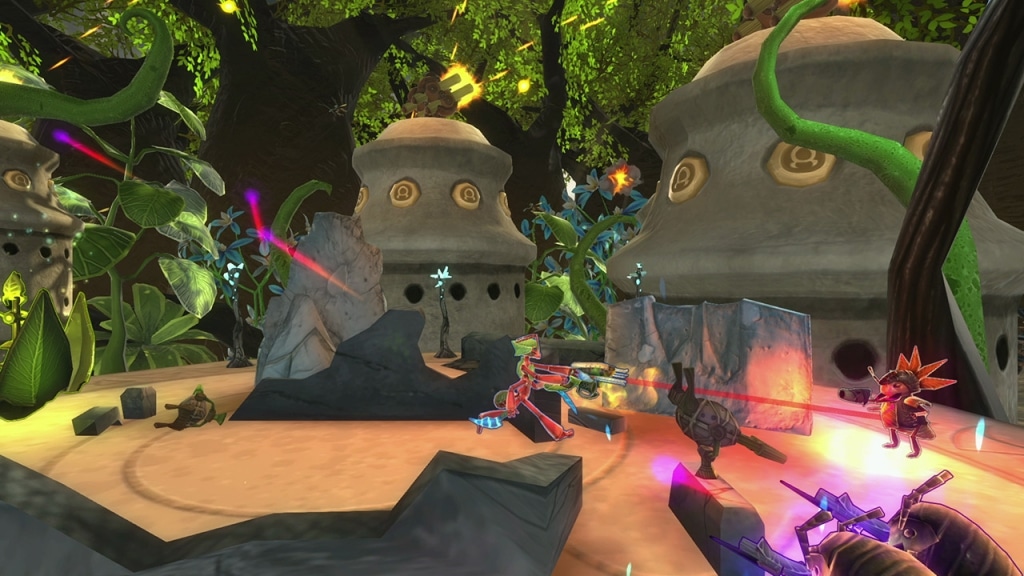
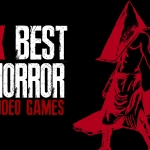

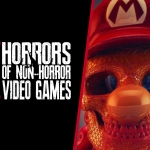








Follow Us!